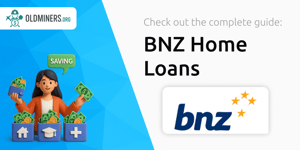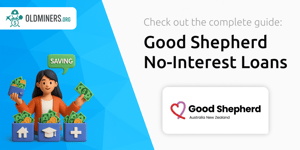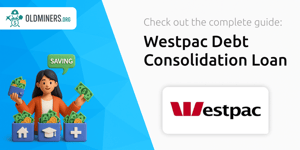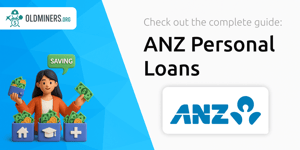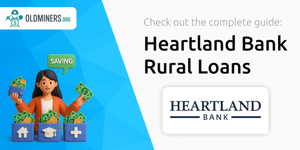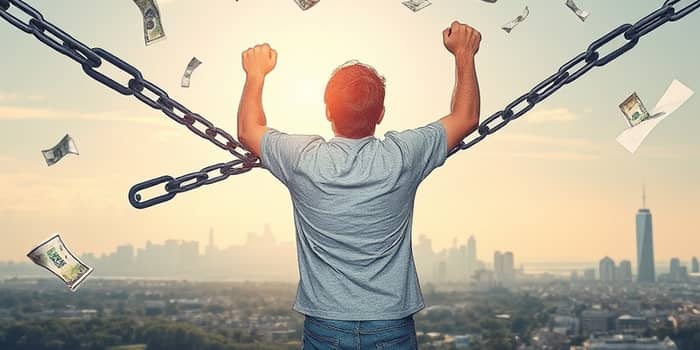
Debt can feel like an unrelenting whirlwind, pulling you deeper with each swipe of a card or request for another loan. Many families and individuals find themselves trapped in a cycle where credit seemingly offers relief, only to become a heavier burden down the road.
By understanding the forces at play and arming yourself with proven tactics, you can shatter those chains and build a solid foundation for lasting financial well-being. This guide will walk you through the phases of debt cycles, reveal the modern pitfalls, and equip you with strategies to break free—and stay free.
Debt cycles are recurring patterns of increased borrowing that drive periods of economic expansion followed by painful correction. During the credit boom phase, low interest rates and high confidence fuel borrowing. When debts become unsustainable, individuals and institutions enter a deleveraging phase, repaying, defaulting, or selling assets to reduce their obligations.
Households often mirror these macro trends. A family might take on extra loans to upgrade a home or purchase a new vehicle, boosting their lifestyle temporarily. Over time, however, payments pile up, and access to fresh credit tightens, ushering in financial stress.
Key indicators include rising debt-to-GDP ratios and asset prices during the boom and tightened lending, missed payments, and unemployment spikes as the cycle reverses.
In 2025, the U.S. stands at an unprecedented point: federal debt has reached 120.8% of GDP, while consumer obligations hover near all-time highs. Credit card APRs now exceed 20%, making balances balloon for anyone carrying forward even a small amount of debt.
Millions today face the grim reality of living paycheck to paycheck. When emergencies strike, over 60% of Americans lack the funds to cover a $1,000 expense, forcing them back into high-interest borrowing. This self-reinforcing wealth-draining spiral that drains your wealth is more than a financial issue—it’s a mental and emotional burden.
Psychology plays a central role. Impulse spending, lifestyle inflation, and the urge to keep pace with peers can make debt feel like the only option. Once balances climb, high credit card rates mean balances grow rapidly, sometimes outpacing one’s ability to pay them down.
The stress of mounting bills and creditor calls adds a significant mental and emotional burden, impacting relationships, work performance, and overall well-being. External factors—like economic downturns, inflation, and volatile job markets—can push even disciplined savers toward the brink.
Systemic issues highlight the insufficiency of relying solely on personal willpower. That’s why proactive, structured approaches are essential for long-term success.
Escaping a debt cycle requires a multifaceted plan. Below are methods backed by research and real-world success.
Once you’ve reduced or eliminated debt, sustaining that freedom demands ongoing vigilance. Behavioral shifts are just as vital as financial tactics. Distinguish between needs and wants, resist lifestyle inflation as income grows, and commit to regular assessment.
Adopt a proactive stance:
Understanding the broader context helps in appreciating the magnitude of current debt challenges. The table below summarizes key data points that define the modern debt landscape.
These figures illustrate the urgency of early intervention and the power of guided repayment plans in reversing debt trends.
Breaking free from debt is a transformative journey that touches every part of life—emotional well-being, relationships, and future opportunities. By combining practical strategies with behavioral changes, you can not only escape your current obligations but also shield yourself from future pitfalls. Commit to the process, seek support when needed, and celebrate each milestone along the way.
Financial freedom is not a distant dream—it’s within reach. Take the first step today and commit to a plan that leads to lasting peace of mind and empowerment.
References






